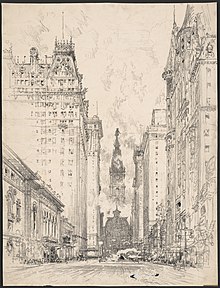
Mary Elizabeth Price, also known as M. Elizabeth Price, was an American Impressionist painter. She was an early member of the Philadelphia Ten, organizing several of the group's exhibitions. She steadily exhibited her works with the Pennsylvania Academy of the Fine Arts, the National Academy of Design, and other organizations over the course of her career. She was one of the several family members who entered the field of art as artists, dealers, or framemakers.

Charles Allan Grafly, Jr. was an American sculptor, and teacher. Instructor of Sculpture at the Pennsylvania Academy of the Fine Arts for 37 years, his students included Paul Manship, Albin Polasek, and Walker Hancock.

Christine Wetherill Stevenson was an heiress of the Pittsburgh Paint Company and founder of the Philadelphia Art Alliance.
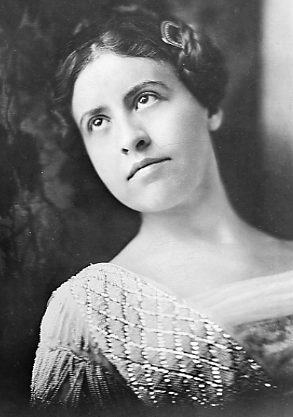
Olga Samaroff was an American pianist, music critic, and teacher. Among her teachers was Charles-Valentin Alkan's son, Élie-Miriam Delaborde. Her second husband was the conductor Leopold Stokowski.
Benton Murdoch Spruance was an American painter, printmaker and architect. A long-term faculty member and chair of the Arts Department at Beaver College in Glenside, Pennsylvania, he subsequently chaired the Printmaking Department of the Philadelphia College of Art.
Mary Louise Curtis was the founder of the Curtis Institute of Music in Philadelphia. She was the only child of the magazine and newspaper magnate Cyrus H. K. Curtis and Louisa Knapp Curtis, the founder and editor of the Ladies' Home Journal.
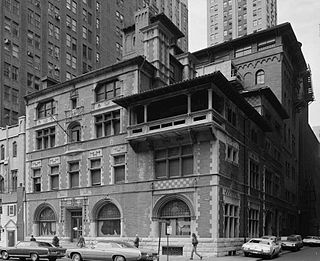
Frank Miles Day was a Philadelphia-based architect who specialized in residences and academic buildings.

The Wissahickon Skating Club is a non-profit skating club that is located in the Chestnut Hill section of Philadelphia.

Florence Esté was an American painter in oils born in Cincinnati, Ohio. She also worked in watercolors, pastels, and as an etcher and engraver. She was particularly well known for her landscapes, which were said to have been influenced by Japanese artworks and were noted for their "harmony of color". Her obituary in the New York Times referred to her as "one of the best known women landscape painters."

Beatrice Fenton was an American sculptor and educator born in Philadelphia, Pennsylvania. She is best known for her whimsical fountains. Her work was also part of the sculpture event in the art competition at the 1932 Summer Olympics.
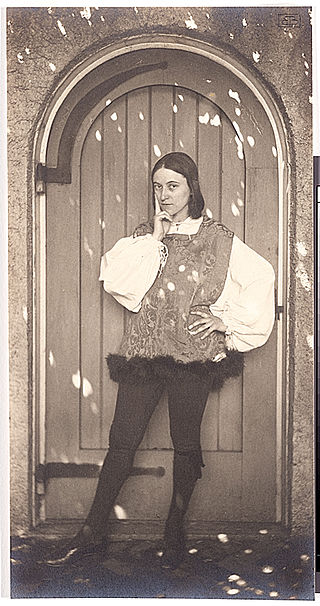
Edith Emerson was an American painter, muralist, illustrator, writer, and curator. She was the life partner of acclaimed muralist Violet Oakley and served as the vice-president, president, and curator of the Woodmere Art Museum in the Chestnut Hill neighborhood of Philadelphia, Pennsylvania, from 1940 to 1978.
Marion Wetherill Walton aka Marion Walton Putnam was an American sculptor and teacher born in New Rochelle, New York.

Emily Clayton Bishop was an American prize-winning sculptor. Although she died at a young age, her works in bronze and plaster are found in museum collections such as the Smithsonian American Art Museum and in shows such as Modern Women at PAFA (2013). Her childhood home, the Emily Clayton Bishop house, is a Maryland State historic site. The home sold in 2019 for $115,000.
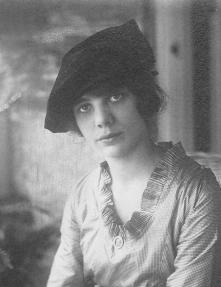
Grace Thorp Gemberling was an American artist known for the broad range of her subjects in paintings having a pronounced psychological as well as aesthetic impact. One critic said they conveyed a mood that was "ethereal, bold and engaged." Another said her work showed "a disciplined hand and a romantic eye" together with "a magical color sense." Known for her control of detail and successful handling of line and blocks of color, she was said to paint in a modernist style that stayed clear of abstraction and was remembered by a teacher and fellow artist as "the finest woman painter in Philadelphia during the 20s and 30s."
Elizabeth Kitchenman Coyne was a Pennsylvania impressionist painter, best known for her landscapes and paintings of horses. Her works are included in the permanent collections of the Pennsylvania Academy of the Fine Arts, the Woodmere Art Museum and the Philadelphia Art Alliance.
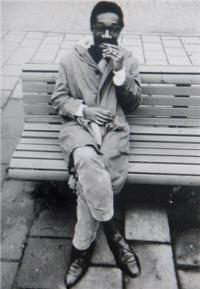
Roland Ayers (1932–2014) was an African American watercolorist and printmaker. He is better known for his intricate drawings – black-ink figures of humans and nature intertwined in a dream-like state against a neutral backdrop. A poet and lover of jazz and books, he expressed his poetry through images rather than words, he often noted, and considered his artwork to be poetry.

Columbus P. Knox (1923–1999) was a painter, muralist, illustrator and printmaker. He was a mainstay at the annual Rittenhouse Square Fine Arts Show in Philadelphia, the oldest outdoor art exhibition in the country. His works are in museums and private collections. Knox created his own style of painting: using brushstrokes that resembled a rake being pulled through sand.
Frances Serber (1895-1978) was a Ukrainian-American ceramicist and muralist. She, along with William Soini, developed a glaze technique that led to the production of brilliantly colored functional and decorative "Stonelain" wares at low cost.
Earl Horter was an American painter, illustrator, printmaker, teacher and art collector. He was instrumental in introducing modern art to Philadelphia as both an artist and collector of Cubist and abstract art. During the 1920s, he had one of the largest collections of modern art in the United States, and he was among the most prominent etchers of his generation.
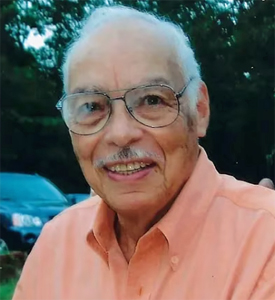
Howard N. Watson (1929-2022) was an African American watercolorist, landscape artist, illustrator and teacher. He was known for his impressionistic watercolors of historical buildings, streets, neighborhoods and landmarks in the Philadelphia region.


